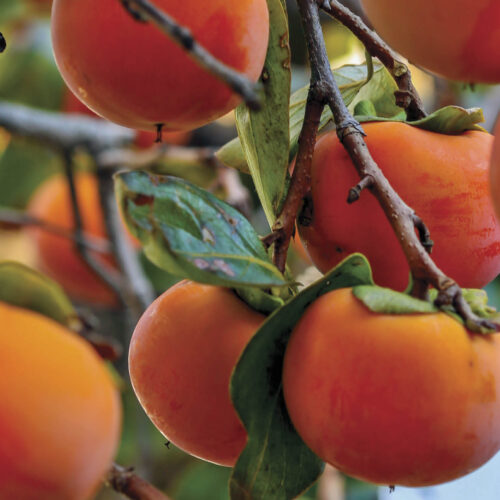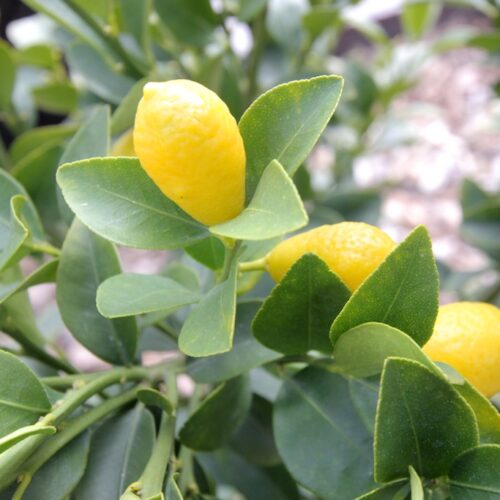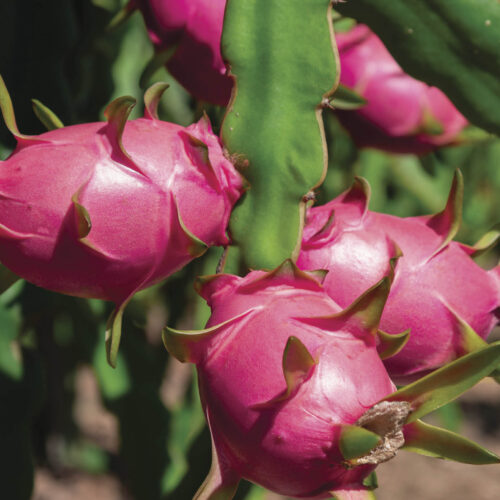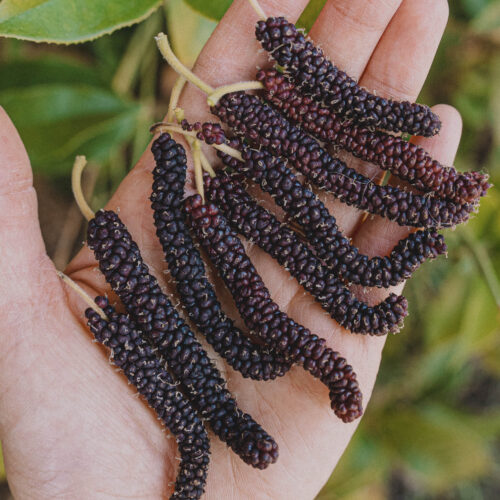Groundcover strawberries
2011-08-25T23:20:26+10:00
Often, the best way to get plants to thrive is by mimicking the way they grow in the wild. JUSTIN RUSSELL applies this theory to strawberries, a natural woodland plant, with outstanding results.
My maternal grandfather, Pa Fleming, was a market gardener in the Brisbane suburb of Manly West (not far from Jerry Coleby-Williams’ garden, Bellis). Pa’s farm was developed for housing years ago, but in its day, was producing some of the best strawberries in south east Queensland. Sunday lunch at Pa and Grandma’s was always a fairly spartan affair, at least until dessert, when bowls were filled to the brim with crimson berries then topped with a generous dollop of cream, and finally, a dusting of icing sugar. Small wonder then, that I’ve inherited a love for strawberries. I’m growing a number of different varieties, but my method differs quite dramatically from how Pa grew his strawberries in the 70’s and 80’s. In those days everyone used black plastic. Many commercial growers still do, but I’ve ditched the plastic in preference for a more natural approach that mimics the way strawberries grow in the wild. Fragaria vesca, the wild or alpine strawberry (also called fraises des bois – strawberry of the wood) grows naturally in Europe as an understory plant in alpine meadows, pine forest clearings and areas of sparse woodland. In other words, it likes dappled shade, and a rich, cool, slightly acidic root run. Conditions like these are often quite easy to find in gardens. I grow fraises des bois as a productive, ornamental groundcover in my rose garden, and plan to try and establish it in my young edible woodland. In my herb garden I’m growing an unknown domestic variety given to me by a neighbour, and in the vegie patch I’m growing ‘Red Gauntlet’ strawberries beneath a row of blueberry bushes. It’s fair to say that the plants absolutely love the conditions, bearing punnet after punnet of fruit for nine months of the year. I’m so enthused by the underplanting method, that I’m establishing some Red Gauntlet runners under a juvenile pomegranate hedge, and I’ve just purchased some ‘Hokawase’ plants to grow beneath some dwarf apples. To date I’ve had no problems with pests and disease, except slugs and a touch of botrytis during wet weather. Maintenance for the strawberries is done at the some time as the taller plants. People often tell me that they find strawberries hard to grow and not worth the effort. In my experience the opposite is true. Strawberries are resilient and prolific plants, perfect for filling in out of the way spaces. I love them, and look forward to the day when I can serve my grandkids berries in a bowl for Sunday dessert.






